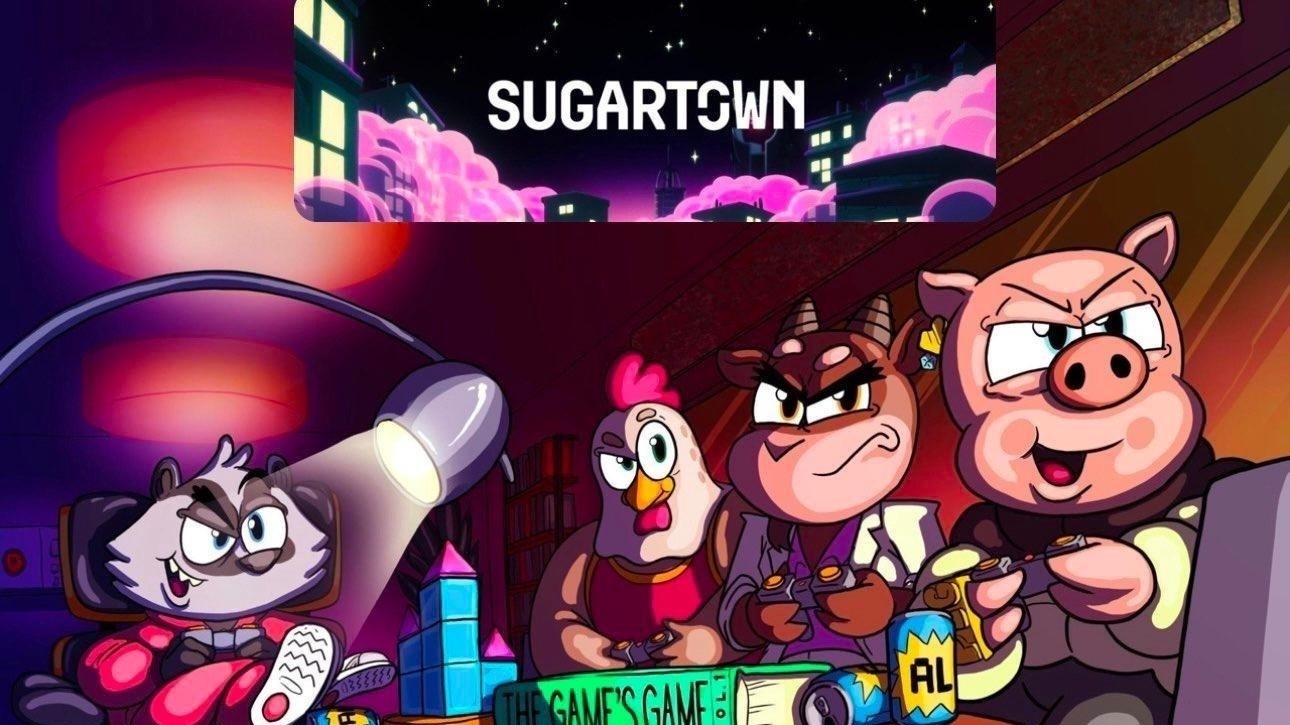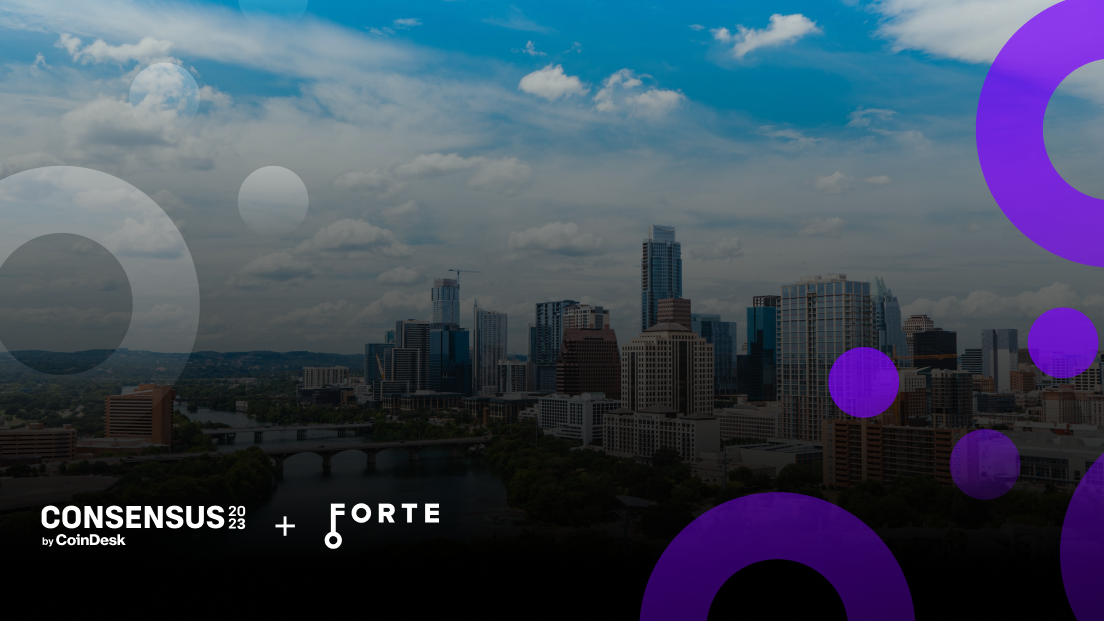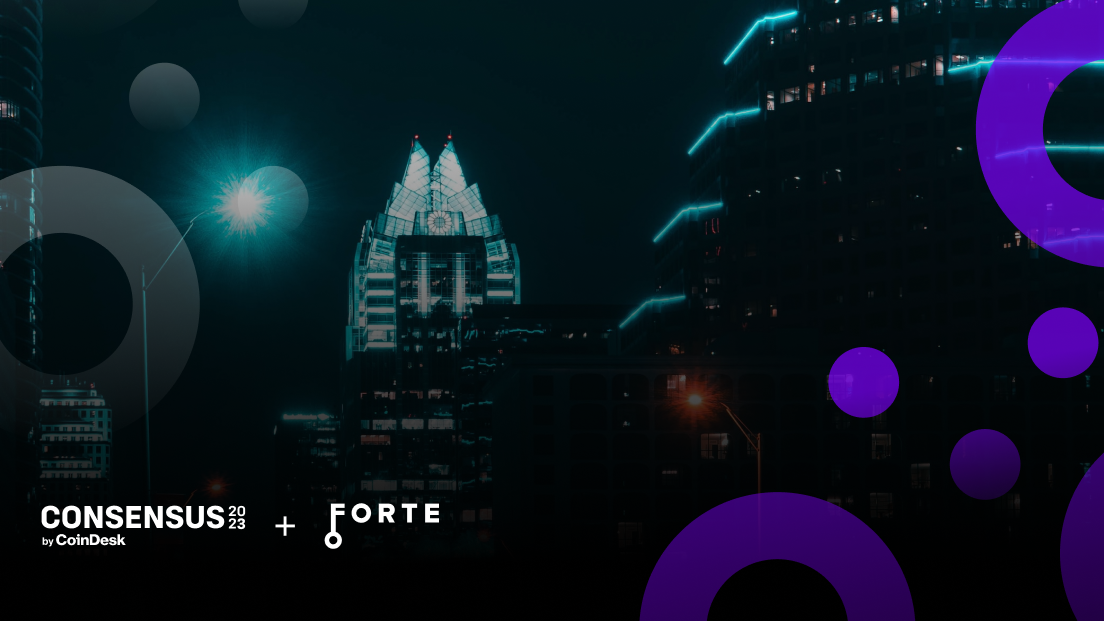Networks suffer from what’s often called the cold-start problem. They aren’t very valuable early on when there aren’t many participants; who wants to go to a party that consists of a few people hanging around a punchbowl and staring at their phones?
The challenge is to get to a network to a critical level of participation, where the network effects exceed the cost of belonging for each participant (in money or time or effort). Getting to this point establishes a positive feedback loop commonly referred to as the “network effect flywheel” — a situation where network effects alone sustain the network at a steady or even accelerating rate.
There are two layers of network effects: First order, which represent the direct impact of network growth on existing network participants, and second order, which are essentially the impact of network growth on network growth itself. By way of example, let’s take a look at multiplayer online games, such as Riot Games’ League of Legends.
The first-order effect of an additional player joining the game is reduced wait times to start play. That’s because more players means greater likelihood of matching with an opponent.
A second-order effect comes from the fact that potential players who see their friends playing the game are encouraged to play as well. The growth of the network makes the game more appealing. As they join the game, they further decrease wait times for matching, which reduces friction and makes games more fun.
But the example of League of Legends is a relatively simple network. It’s what one might call “single-sided,” because there’s just one type of participant in the network: The players.
Many networks are multi-sided, with multiple types of participants with different roles, agendas and incentives. Marketplaces of all kinds are a good example: In most marketplaces, there are two distinct groups — people who are trying to sell things, and people who are seeking to buy things. To understand how network effects impact a multi-sided network, one must consider not just the effects within a group, what one might call “Same-Side Network Effects,” but also the impact of network effects between groups — “Cross-Side Network Effects.”
Let’s take a look at an extremely successful example of a game that has grown significantly based on network effects: Roblox. Roblox is a game that allows its users to explore different experiences, ranging from mini-games to immersive worlds — all of which have been created by other users. Players can simply play the experiences in the game, most of which are free (but with the ability to pay for upgrades). However, they also can essentially become developers themselves, using the platform’s tools to design experiences for their friends or for total strangers.
What makes Roblox’s business model so interesting is that any money spent on user-generated experiences is split with their user-designers. Savvy designers can earn a significant amount from successful creations.
All of this makes Roblox a very interesting multi-sided network: One in which the boundary between the sides is blurry and permeable.
It’s easy to see from this why Roblox is such a hit. The Roblox team have focused on making it open as possible — encouraging players to see Roblox as a community to which they belong, not just a service that they pay for — and, most importantly, returning value to the network in the form of direct payments to designers.
Network effects play a huge role in the scalability of virtually any platform in the digital era. Effectively managing first and second order network effects to ensure that the impact of positive effects outweigh negative ones is a critical factor for success.
Want to learn more about how network effects can influence a game’s success? Read our in-depth article here.



